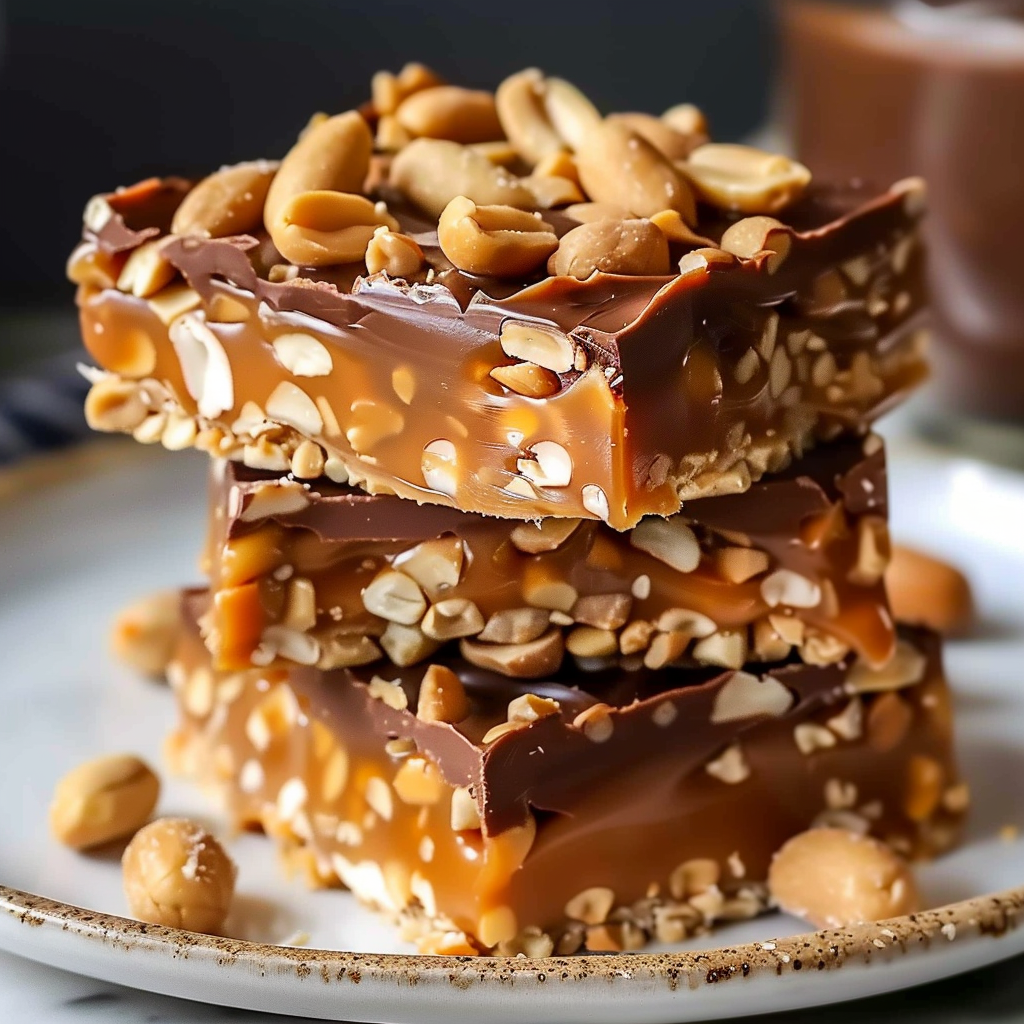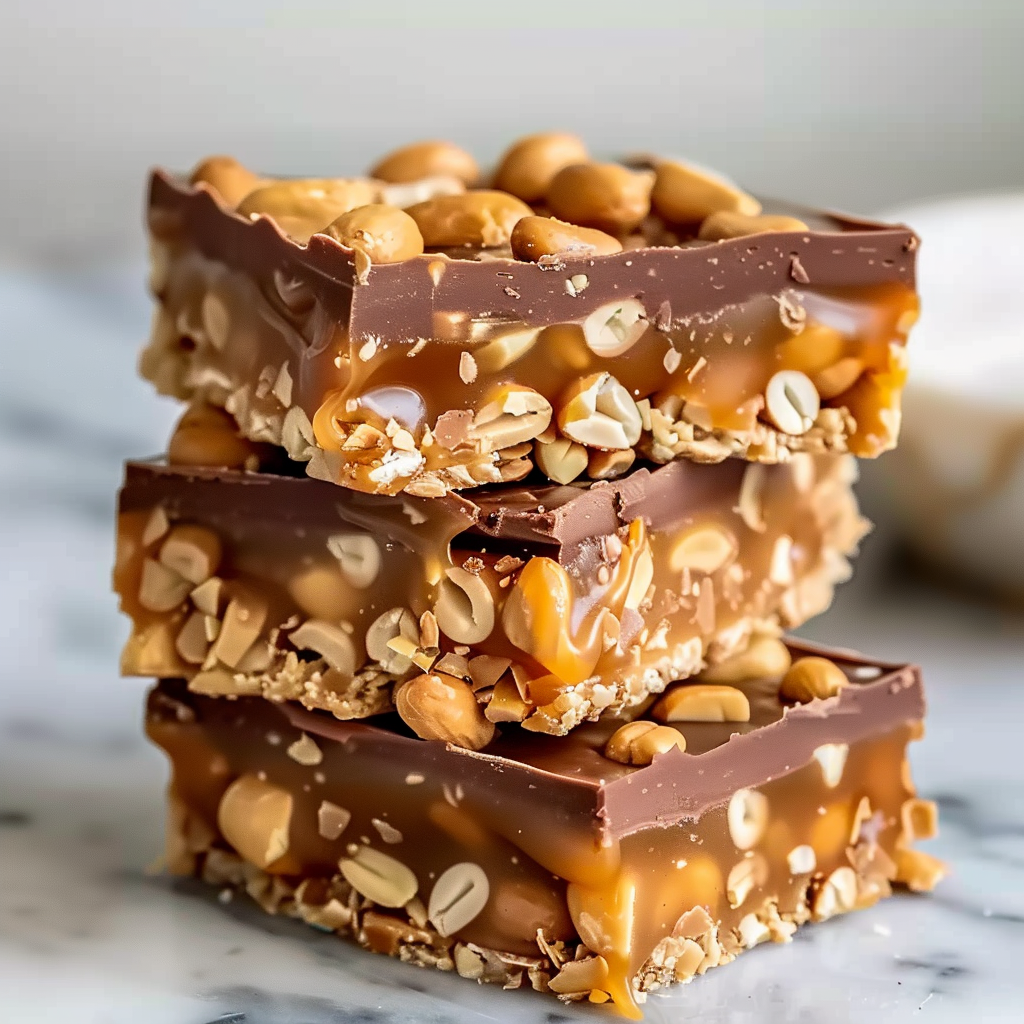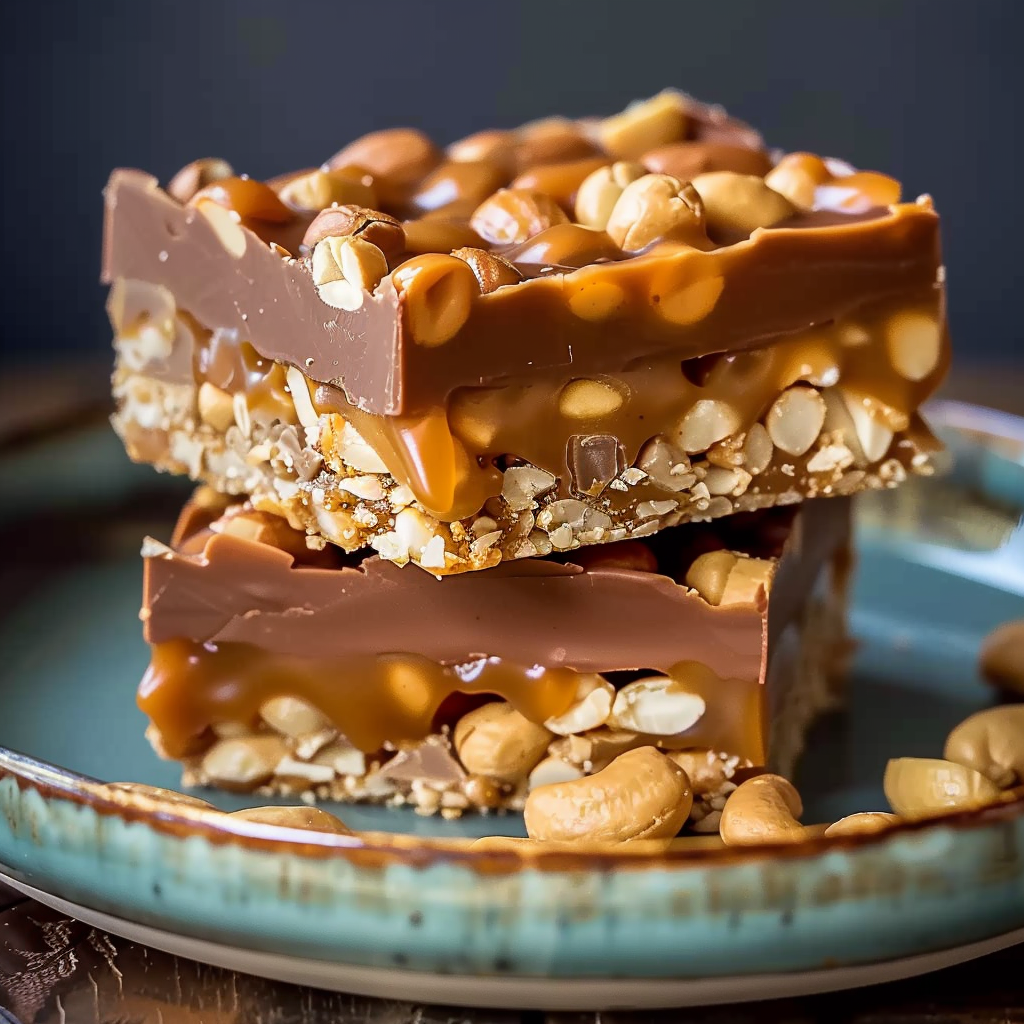Italian Chopped Salad
An Italian chopped salad is more than just a mix of greens—it’s a crisp, flavor-packed bowl of freshness with a Mediterranean flair. It brings together chopped romaine lettuce, crunchy vegetables, creamy cheeses, hearty proteins, and a zesty homemade Italian dressing that ties it all together. This type of salad is popular not just for its bold flavors, but for its ability to deliver satisfying nutrition and texture in one colorful bowl.
Unlike traditional tossed salads, chopped salads ensure that every bite delivers a consistent combination of flavors. The uniformity of size means your fork gets a little of everything—lettuce, tomato, chickpea, olive, and cheese—without the need to hunt around the bowl. For anyone looking to make salads a centerpiece of their meals, this structure offers a more fulfilling, restaurant-quality experience at home.
Perfect for lunches or as a side to Italian dishes, an Italian chopped salad is often inspired by regional Italian flavors. While some versions lean heavily on meats and cheeses, others opt for lighter elements like chickpeas or radicchio. According to Wikipedia’s overview of Italian cuisine, Italian dishes focus on balance, freshness, and simplicity—all traits this salad captures with ease. It’s also an ideal companion for Mediterranean diet plans, which are known for promoting heart health through ingredients like olive oil, leafy greens, and legumes like chickpeas.
For those who love curated recipe inspiration, this dish fits beautifully into categories like chopped salad recipes and healthy lunch bowls. Not only is it easy to customize, but it also holds up well for meal prep—making it a go-to option for busy weekdays.
In this guide, you’ll learn how to build an Italian salad bowl using simple, fresh ingredients like romaine lettuce, crunchy veggies, cheeses, and protein options. You’ll also discover how to make your own Italian dressing that enhances rather than overpowers the dish. Whether you’re new to making chopped salads or just looking to refine your technique, this step-by-step article covers every detail you need.

Why Romaine Lettuce is the Base of Choice
Romaine lettuce is the preferred leafy green in an Italian chopped salad for good reason—its crisp texture, neutral flavor, and nutritional value make it an ideal foundation for building complex layers of ingredients. While many types of lettuce can serve as a salad base, romaine stands out because it offers just the right amount of structure to hold up against heavy toppings like chickpeas, olives, and shredded cheese.
Nutritionally, romaine is rich in vitamin A, vitamin K, and folate, making it one of the most nutrient-dense lettuces available. According to Wikipedia’s article on romaine lettuce, it’s also an excellent source of dietary fiber and low in calories, making it perfect for those focused on healthy eating. When compared to iceberg lettuce, which offers crunch but little nutritional value, romaine delivers both texture and health benefits.
Another reason romaine is ideal for chopped salads is its ability to stay crisp even after being chopped and dressed. It doesn’t wilt as quickly as spinach or arugula, especially if you’re storing it for meal prep. This resilience is what makes it so valuable in Italian salad bowls, where the dressing might be added a bit ahead of time to marinate other ingredients like chickpeas and roasted peppers. For anyone prepping meals in advance, you’ll find that romaine holds its texture well over time—especially when stored in airtight containers.
Selecting the freshest romaine is essential for achieving maximum crunch. Look for tightly packed heads with vibrant green leaves and avoid any signs of browning or sliminess. For best results, rinse the leaves thoroughly and spin them dry to eliminate excess moisture before chopping.
If you’re seeking inspiration on how to present your chopped salad beautifully or want to browse combinations, check out this Pinterest board dedicated to salad meal prep. You’ll find examples of how well romaine pairs with other Mediterranean-style ingredients like feta, olives, and cucumbers.
Additionally, as many people following a Mediterranean diet often opt for nutrient-rich greens, romaine becomes a natural choice. According to the Mediterranean diet principles, the inclusion of leafy greens is essential for promoting long-term heart health, gut health, and inflammation control.
For those who like a bit of variety, chopped romaine pairs well with bitter greens like radicchio or red cabbage, adding color contrast and even more crunch. The blend not only elevates flavor but also offers a visually stunning presentation—a key part of making a meal feel special.
Classic Components of an Italian Chopped Salad
An Italian chopped salad shines because of its balance—crunchy vegetables, savory cheeses, hearty beans, and optional proteins, all chopped to uniform size. This harmony of ingredients makes it satisfying and endlessly adaptable. Below is a breakdown of the essential components, along with options for customization to suit various dietary needs.
Leafy Base:
-
Romaine lettuce: The backbone of the salad, offering crunch and structure
-
Radicchio or red cabbage: Adds color, slight bitterness, and extra fiber
Vegetables:
-
Cherry tomatoes: Juicy bursts of flavor and color
-
Cucumber: Cooling crunch, especially when deseeded for less wateriness
-
Shredded carrots: Slight sweetness and vibrant hue
-
Sliced red onion: A bite of sharpness; can be soaked in cold water to mellow
-
Roasted red peppers: Sweet and smoky contrast to the raw elements
Legumes & Olives:
-
Chickpeas: High in protein and fiber, they add substance without overwhelming
-
Sliced olives: Use green for saltier depth or black for milder flavor
Including chickpeas, a staple in many Mediterranean and Italian-inspired salads, enhances both taste and nutrition. They’re a great plant-based protein option and align well with the Mediterranean diet, known for its emphasis on legumes and healthy fats. For more ways to incorporate them into everyday recipes, explore Pinterest boards with chickpea salad ideas.
Cheeses:
-
Mozzarella: Offers creaminess; shredded or chopped small for even distribution
-
Parmesan: Adds a sharp, nutty kick; use grated or shaved for texture variety
Parmesan cheese has a storied history in Italian cuisine and brings deep umami flavor without overpowering the dish. Both cheeses support the salad’s richness and make it more satiating.
Protein Add-ins (Optional):
-
Diced chicken ham: Lean, lightly salty, and a great meat option
-
Turkey pepperoni: Adds a classic Italian deli vibe without too much fat
-
For vegetarians: Omit meat and add more chickpeas or even tofu cubes
Substitutions and Dietary Adjustments:
-
Dairy-free? Use vegan mozzarella or nutritional yeast in place of Parmesan
-
Low-carb? Skip chickpeas and carrots, add more greens or grilled protein
-
Vegan? Omit cheese and meat, double up on olives and beans
For presentation and inspiration, check out this Pinterest search on chopped salad recipes. You’ll find ideas for bowl arrangements and ingredient combinations that keep your salad exciting.
The key to a great Italian chopped salad is ensuring the ingredients are all chopped to a consistent size. This not only improves the texture and eating experience but ensures every bite includes a balanced mix of flavors. Whether you’re serving it in a large bowl for a family dinner or prepping for the week, having these ingredients prepped and ready will make salad assembly quick and enjoyable.
No Italian chopped salad is complete without a vibrant, homemade Italian dressing. While store-bought dressings can be convenient, making your own allows you to control the flavor, texture, and quality of ingredients. A simple blend of pantry staples can elevate your salad from basic to restaurant-worthy, all without added preservatives or sugars.
Here’s what you’ll need for a balanced dressing:
-
⅓ cup olive oil – The base, full of healthy fats and rich flavor. Look for extra virgin varieties, which offer the most robust taste and nutritional benefits. As detailed in the Wikipedia entry on olive oil, it’s a cornerstone of Mediterranean diets, valued for heart-protective properties.
-
3 tbsp red wine vinegar – Brings acidity and brightness; can be swapped for white wine vinegar or balsamic for variation.
-
1 tbsp lemon juice – Enhances freshness and balances the richness of the oil.
-
1 tsp Dijon mustard – Helps emulsify the dressing and adds a subtle tang.
-
1 tsp dried oregano – Classic Italian flavor note; fresh oregano can be used in smaller amounts.
-
½ tsp garlic powder – Adds depth without raw garlic sharpness.
-
½ tsp salt + ¼ tsp black pepper – Essential for seasoning; adjust to taste.
To make the dressing, simply whisk all ingredients in a bowl or shake them together in a mason jar. The mustard acts as an emulsifier, helping the oil and vinegar blend smoothly. If you want a creamier texture, add a spoonful of grated Parmesan cheese—a tip inspired by traditional Italian cuisine.
For those prepping meals in advance, the dressing can be stored in the refrigerator for up to a week. Just give it a shake before each use, as the oil and vinegar will naturally separate over time.
Dressing customization tips:
-
Sweeter dressing? Add ½ tsp honey or maple syrup.
-
Spicy version? Stir in a pinch of red pepper flakes.
-
More garlic? Mince fresh garlic instead of using powder for a bold punch.
If you’re looking for visual inspiration on homemade dressing jars or variations, check out this Pinterest collection of Italian salad dressings. You’ll find beautiful presentation ideas, storage hacks, and flavor combinations to explore.
Making your own Italian dressing means your salad not only tastes better but also aligns with clean-eating goals. It’s a small step that makes a big difference in both flavor and health benefits.
Building the Ultimate Italian Salad Bowl (Step-by-Step)
Creating the perfect Italian salad bowl starts with the right preparation and layering. Unlike tossed salads where ingredients are unevenly distributed, a chopped salad ensures each bite is balanced. The goal here is to keep everything crisp, flavorful, and visually appealing.
Step 1: Chop Everything Uniformly
-
Use a large, sharp knife to chop romaine lettuce, vegetables, cheese, and protein into small, even pieces.
-
Uniform size ensures better mixing and a more enjoyable texture.
Step 2: Layer Your Ingredients Thoughtfully
Begin by placing the driest ingredients at the bottom of your mixing bowl:
-
Chopped romaine
-
Shredded carrots
-
Cucumbers
Then add:
-
Cherry tomatoes
-
Chickpeas
-
Red onion
-
Olives
-
Roasted red peppers
-
Mozzarella and Parmesan
-
Diced chicken ham or turkey pepperoni (if using)
This layering technique prevents sogginess and allows the firmer ingredients to act as a base buffer.
Step 3: Add the Dressing Right Before Serving
-
Pour the homemade Italian dressing over the salad and toss just before eating.
-
For meal prep, store the dressing separately and add it when ready to serve.
Step 4: Toss Gently But Thoroughly
-
Use large salad tongs or clean hands to gently toss the ingredients together.
-
Ensure everything is evenly coated without bruising delicate items like cherry tomatoes.
Step 5: Serve or Chill
-
Serve immediately for peak crunch, or refrigerate for 15–30 minutes to allow flavors to meld.
-
For larger gatherings, arrange the salad in a wide bowl and garnish with extra Parmesan or a sprinkle of Italian seasoning.
To see how beautifully these salad bowls can be presented, take a look at Pinterest ideas for healthy lunch bowls. These visuals often show how a well-assembled Italian chopped salad can stand out on any table.
For those who enjoy prepping in advance, this salad works wonderfully for weekly lunch rotations. Just keep the dressing in a separate jar and toss when ready to eat. That way, your romaine lettuce stays crisp and fresh for days.

Flavor Variations and Regional Italian Twists
The beauty of an Italian chopped salad lies in its flexibility. With roots in multiple regions of Italy, you can adapt the ingredients to highlight Northern or Southern influences—or add a modern twist with Mediterranean touches.
Northern Italian Additions:
-
Artichoke hearts
-
Fontina or Asiago cheese
-
Prosciutto strips
-
Toasted pine nuts
Southern Italian Additions:
-
Sun-dried tomatoes
-
Capers
-
Spicy salami or calabrese
-
Fresh basil or oregano
Mediterranean-Italian Fusion Ideas:
-
Swap mozzarella for feta
-
Add a spoonful of hummus on the side
-
Sprinkle with za’atar or sumac
-
Try a drizzle of tahini-lemon dressing as an alternative
Looking for more visual inspiration? This Pinterest board for chopped salad recipes showcases creative takes that maintain the Italian base while introducing global elements.
If you’re following a Mediterranean diet, which prioritizes vegetables, legumes, and healthy fats, these variations not only offer bold flavor but enhance nutritional value. According to Wikipedia’s overview of the Mediterranean diet, including ingredients like olives, fresh herbs, and legumes supports heart health and longevity.
Experiment with flavors that suit your preferences—this is a dish designed for personalization without compromising crunch or freshness.
Making It a Balanced Meal: Protein and Carb Additions
To turn your Italian chopped salad into a full meal, it’s essential to incorporate the right balance of protein and carbohydrates. This ensures you stay satisfied and energized, especially when using the salad as a lunch or dinner entrée.
Protein Options:
-
Grilled chicken, tuna, or shrimp
-
Hard-boiled eggs for a vegetarian option
-
Plant-based proteins: chickpeas, lentils, or tofu cubes
-
Turkey pepperoni or lean salami for traditional Italian taste
Carbohydrate Additions:
-
Cooked quinoa or farro for fiber and chew
-
Whole grain pasta (short cuts like fusilli work best)
-
Crusty bread or focaccia on the side
Those following low-carb or keto plans can skip beans and pasta, and instead add extra greens, avocado, or more olive oil for healthy fats. You can learn more about the role of olive oil in such diets from Wikipedia’s olive oil article.
Balancing the macros makes this salad not just delicious, but functional as a complete, energizing meal.
Meal Prep & Storage Tips for Italian Chopped Salads
One of the biggest advantages of a chopped salad is its ability to be prepped ahead of time. With a few smart storage tips, you can enjoy fresh, crunchy salads throughout the week.
Meal Prep Tips:
-
Chop and store each ingredient separately if making in bulk
-
Combine just before serving for the best texture
-
Store dressing in a sealed jar or bottle to maintain flavor and separation
Best Storage Containers:
-
Glass containers with tight-fitting lids
-
Mason jars for layered, portable salads
-
Salad containers with built-in dressing compartments
Storage Lifespan:
-
Undressed salad: 3–4 days in the fridge
-
Dressed salad: Best eaten within 24 hours to avoid sogginess
-
Dressing: Lasts up to 1 week refrigerated
Check out these Pinterest ideas for salad meal prep to get inspired by beautifully packed lunch bowls and time-saving tips.
With the right prep and containers, your Italian chopped salad will stay fresh and crisp—making healthy eating simple and satisfying all week long.
Serving Suggestions and Pairings
This Italian chopped salad works wonderfully as a main dish or a flavorful side. Pairing it with the right accompaniments can round out your meal and enhance the overall experience.
Perfect Pairings:
-
Crusty sourdough bread or garlic focaccia
-
Classic minestrone or Italian wedding soup
-
Stuffed peppers or eggplant Parmesan
-
Charcuterie board for casual gatherings
Beverage Suggestions:
-
Sparkling water with lemon
-
Chianti or Pinot Grigio
-
Iced herbal teas like hibiscus or mint
If you enjoy hosting, a spread with this salad as the centerpiece surrounded by fresh Italian sides creates a colorful, healthy, and crowd-pleasing experience. Find additional inspiration from Pinterest searches for Italian salad boards.
Whether served warm, cold, or at room temperature, this salad holds up beautifully and impresses with every bite.
Health Benefits of an Italian Chopped Salad
Beyond flavor, this Italian chopped salad brings impressive nutritional value to the table. From fiber to antioxidants, it’s a powerhouse for wellness-conscious eaters.
Nutritional Highlights:
-
Romaine lettuce: Rich in vitamins A, K, and folate
-
Chickpeas: High in fiber and plant-based protein
-
Olive oil: A healthy fat that supports heart health
-
Vegetables: Provide antioxidants, hydration, and micronutrients
-
Cheeses: Offer calcium and protein
Following the principles of the Mediterranean diet, this salad supports heart health, digestion, and inflammation reduction. With minimal processed ingredients, it’s ideal for those pursuing clean eating.
It’s also easily adapted to most dietary plans:
-
Gluten-free
-
Low-carb (with a few ingredient swaps)
-
Vegetarian or vegan (omit or substitute cheese and meat)
Eating healthfully doesn’t mean compromising flavor, and this salad proves it.

FAQs – Italian Chopped Salad
What is the difference between chopped salad and regular salad?
A chopped salad features all ingredients cut into small, uniform pieces, offering balanced bites and better flavor distribution.
Can I make Italian chopped salad without meat?
Yes. Simply omit the meat and add more beans, tofu, or cheese for plant-based protein.
What is the best lettuce for chopped salads?
Romaine lettuce is ideal due to its crunch and durability, though red cabbage or radicchio are excellent additions.
How do you keep chopped salad from getting soggy?
Keep the dressing separate until serving. Store wet ingredients like tomatoes separately if prepping in advance.
What dressing goes best with Italian chopped salad?
A homemade Italian dressing made with olive oil, vinegar, lemon, and herbs is traditional and pairs perfectly.
Can I use bagged lettuce for this recipe?
Yes, but be sure it’s fresh and dry. Bagged lettuce works best when consumed within 1–2 days of opening.
Chocolate Crunch Bars Recipe The Best Peanut Butter Crunch
This Italian Chopped Salad is a fresh, crunchy bowl of bold flavors and vibrant colors. Made with chopped romaine, colorful vegetables, creamy cheeses, hearty chickpeas, and a zesty homemade Italian dressing, it’s the perfect dish for lunches, picnics, or healthy meal prep. Ready in minutes and endlessly customizable, this salad is a delicious blend of Mediterranean-inspired ingredients and classic Italian comfort.
- Author: Clara
Ingredients
- 2 cups semi-sweet chocolate chips
- 1 cup creamy peanut butter
- 2 cups crispy rice cereal
Instructions
Line an 8×8-inch or 9×9-inch baking pan with parchment paper, leaving some overhang for easy removal.
In a microwave-safe bowl, combine the chocolate chips and peanut butter. Microwave in 30-second intervals, stirring in between, until fully melted and smooth.
Add the crispy rice cereal to the chocolate-peanut butter mixture. Stir gently until all the cereal is fully coated.
Pour the mixture into the prepared pan and spread it evenly. Press down slightly with a spatula or the back of a spoon to compact.
Refrigerate for at least 1 hour, or until fully set.
Lift the bars out of the pan using the parchment overhang. Slice into squares and serve.
Notes
-
Store dressing separately to keep the salad fresh and crisp
-
Omit cheese and meat for a vegan version
-
Double the recipe for meal prep or entertaining
-
Chop all ingredients uniformly for better flavor distribution
-
Add cooked grains like quinoa or farro for a heartier meal
‘




